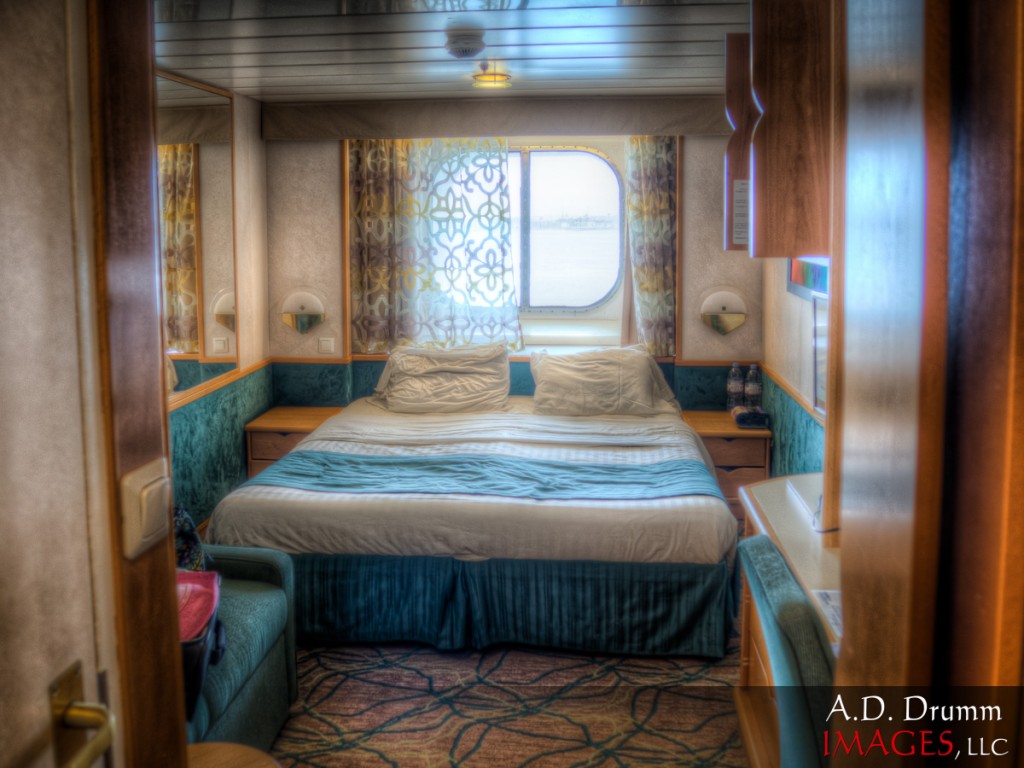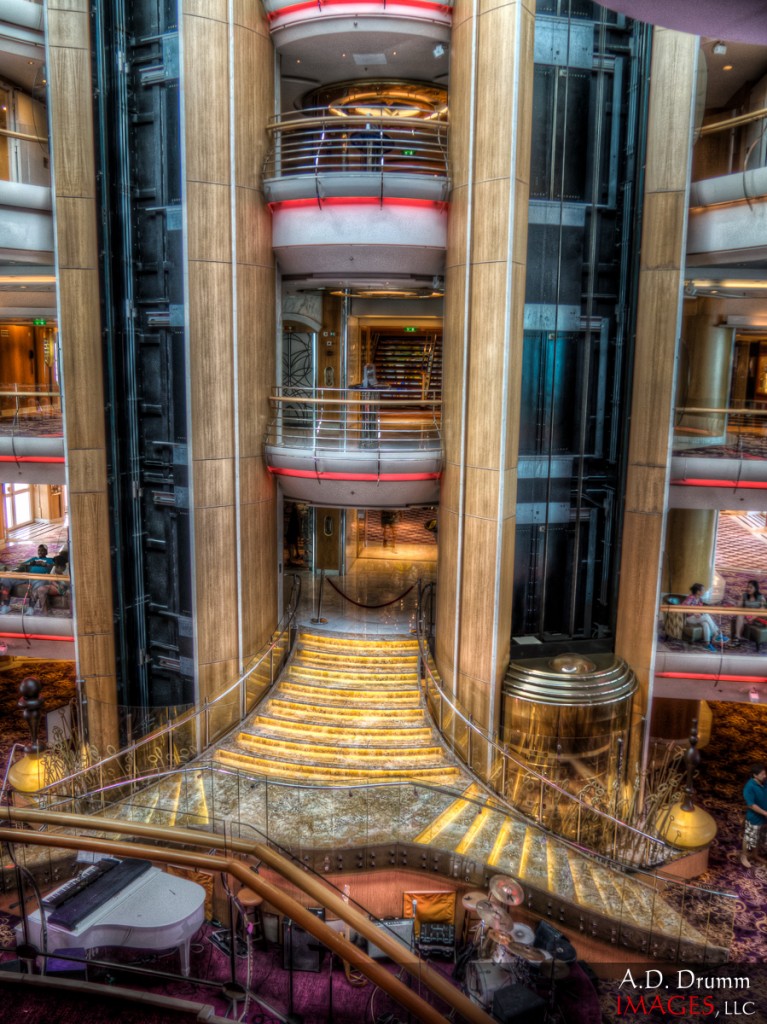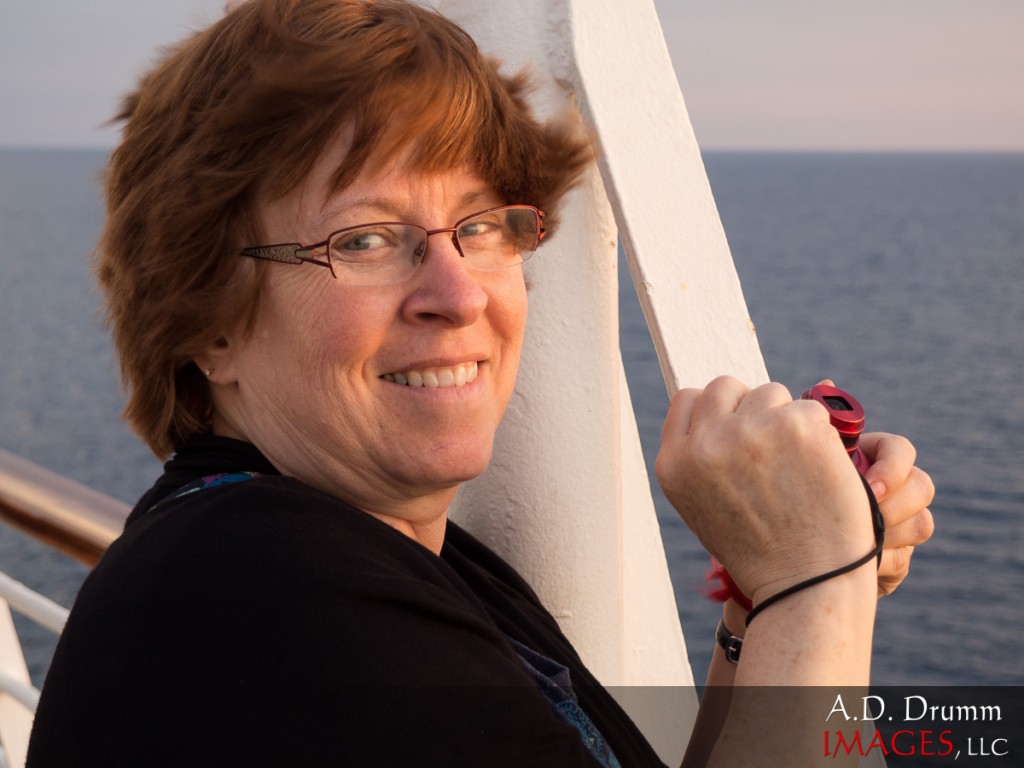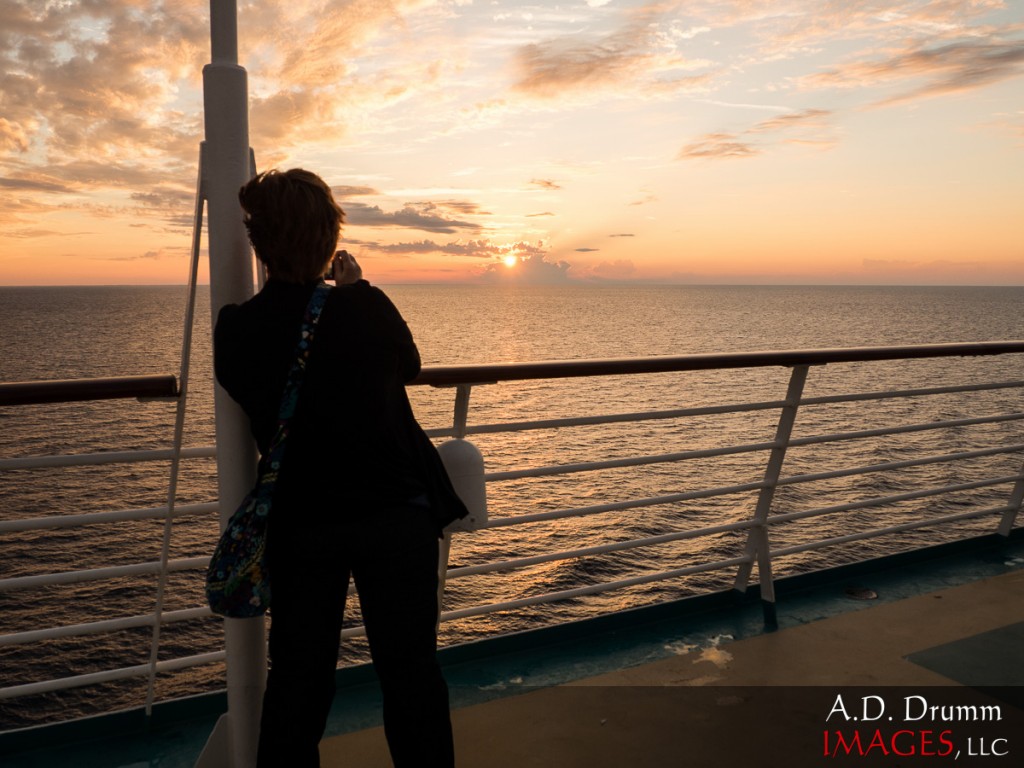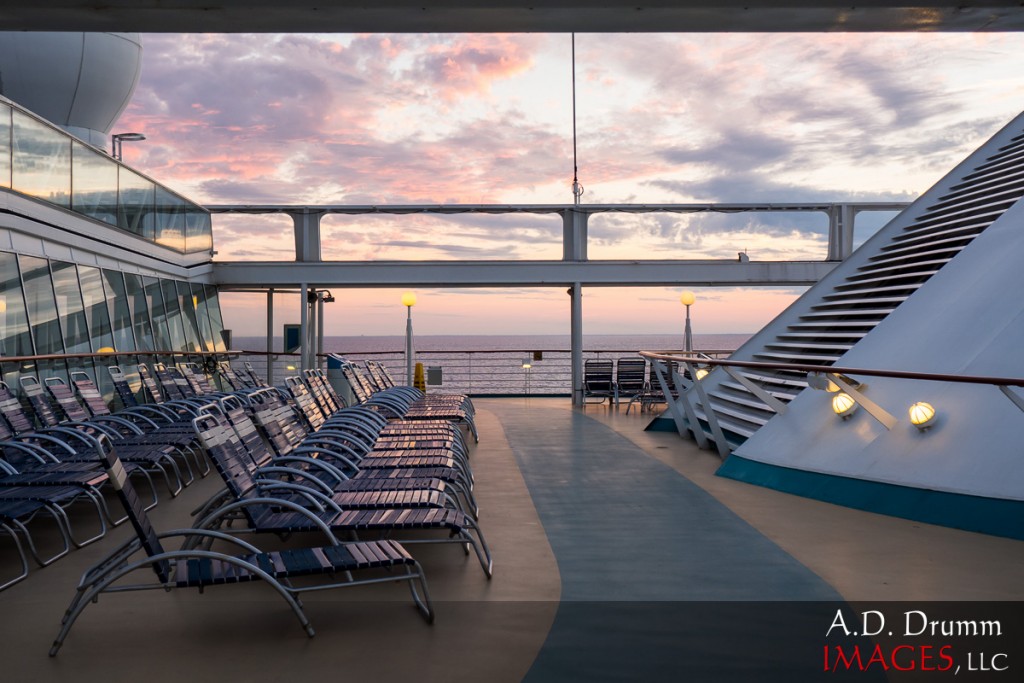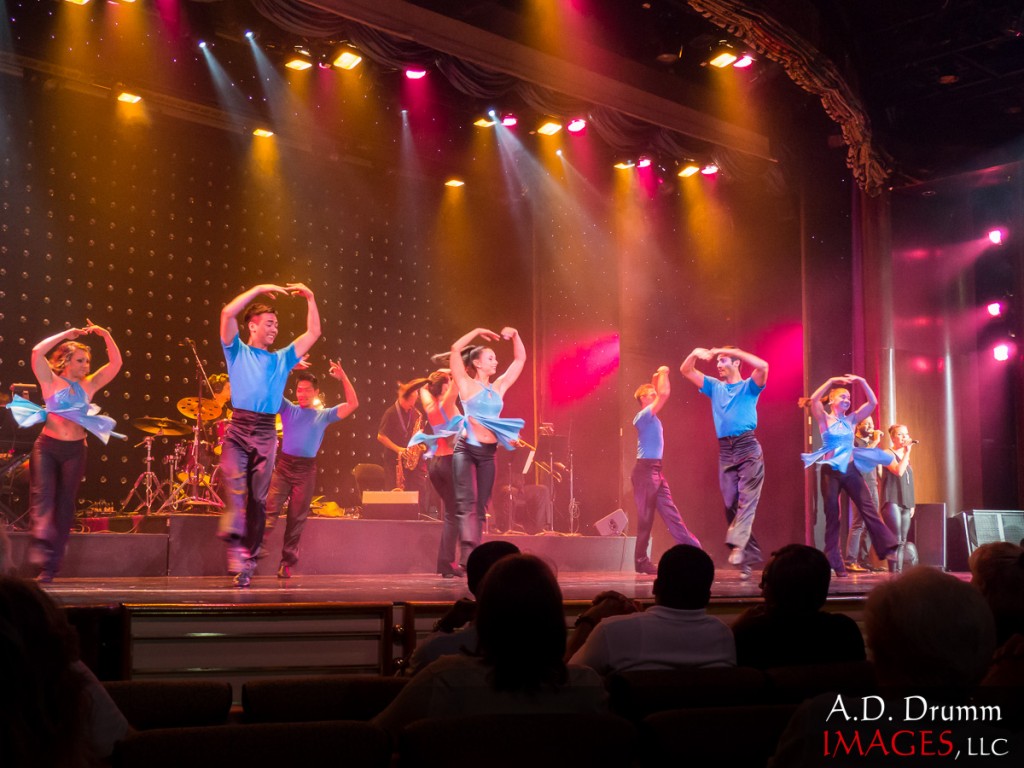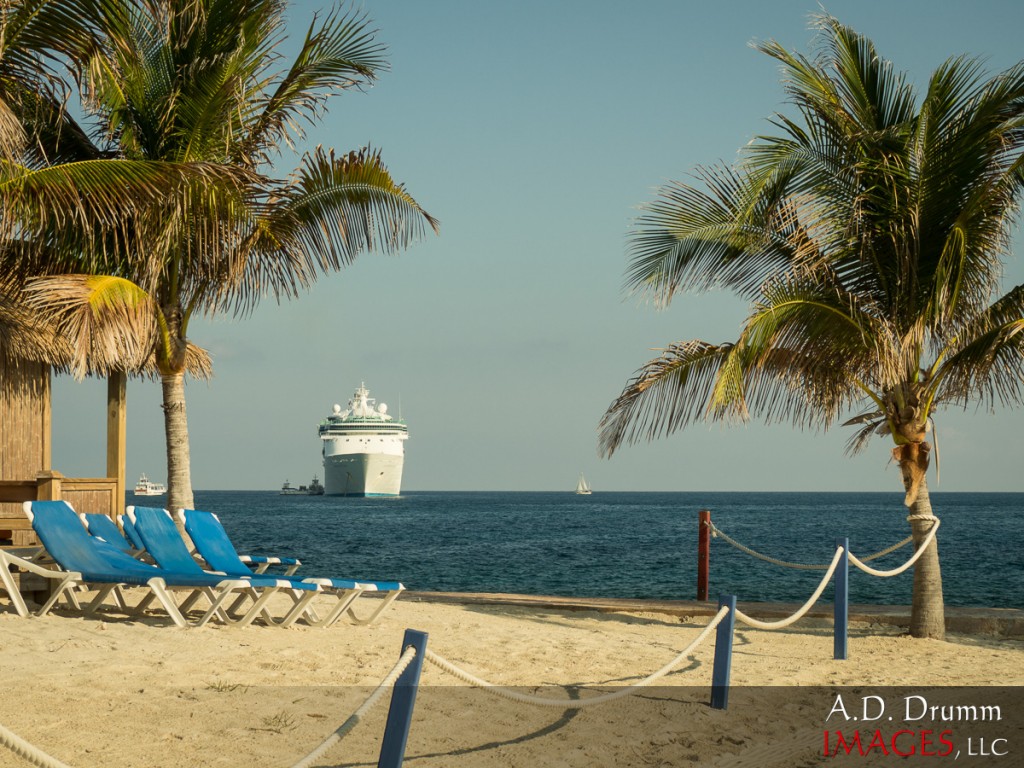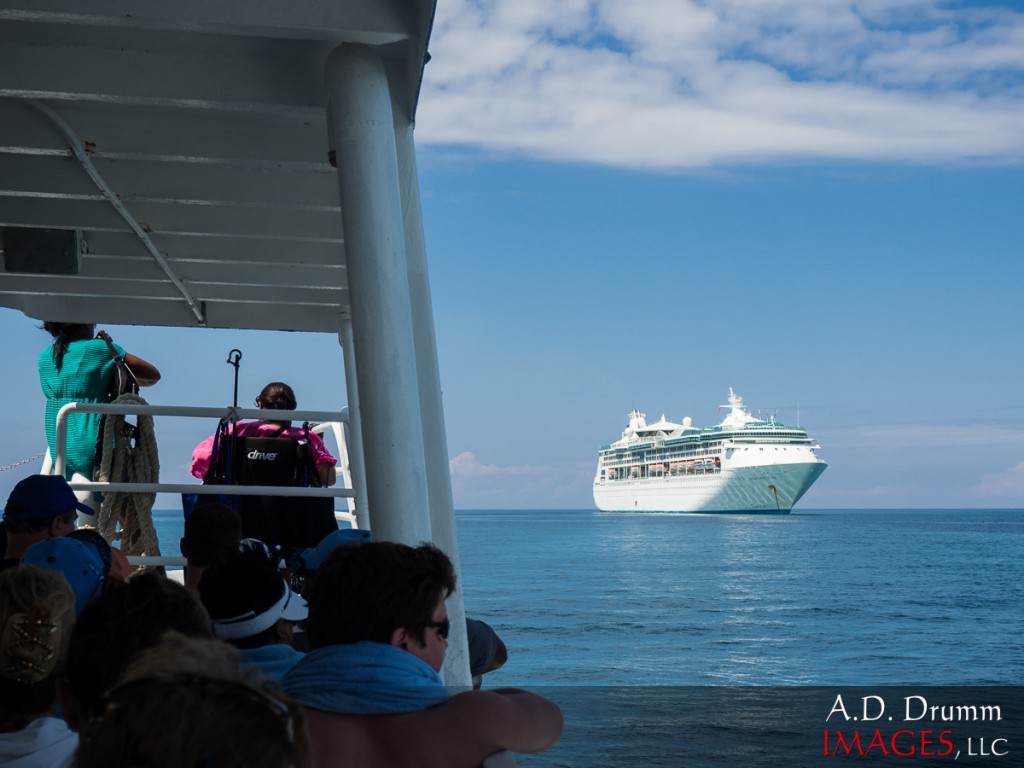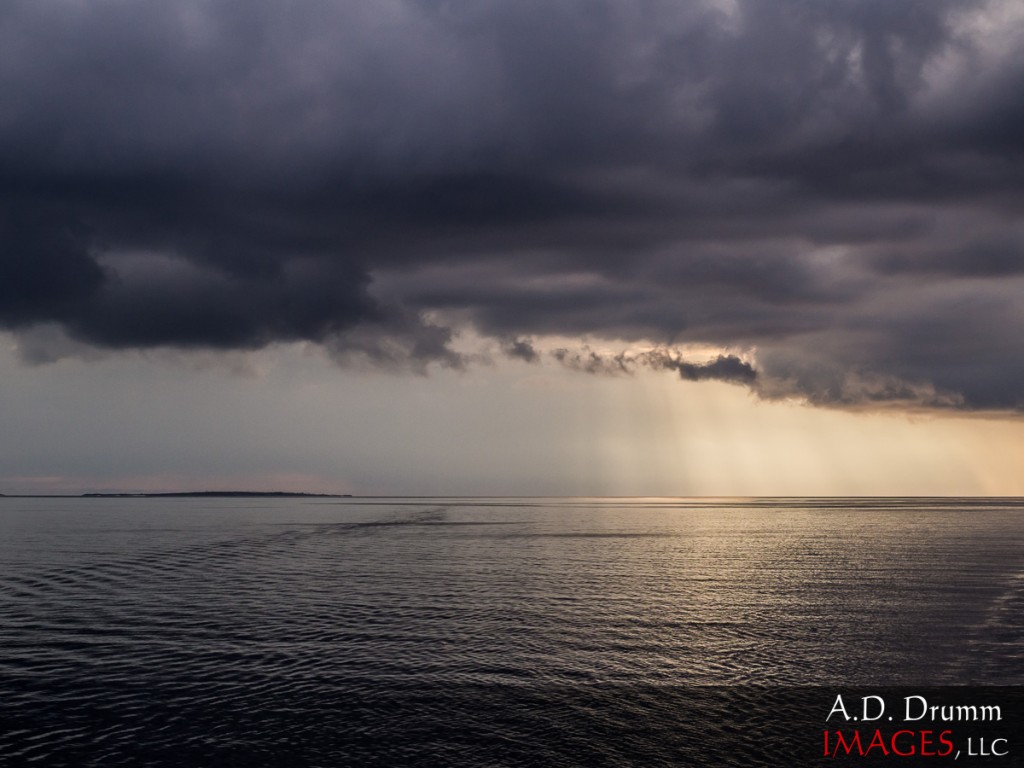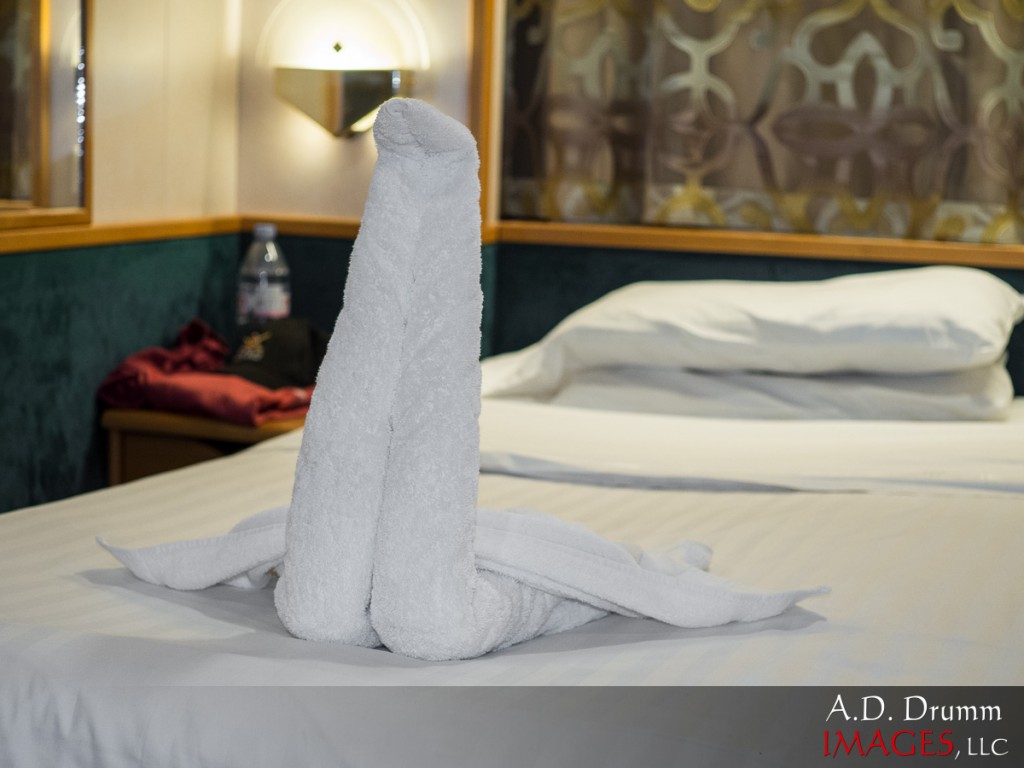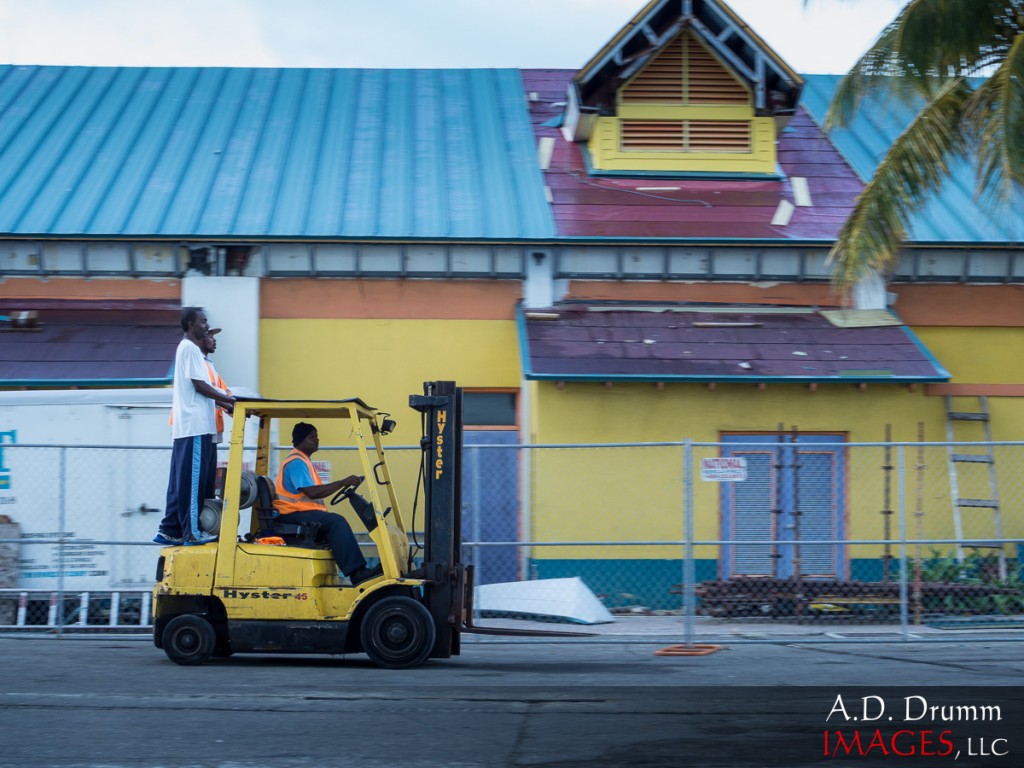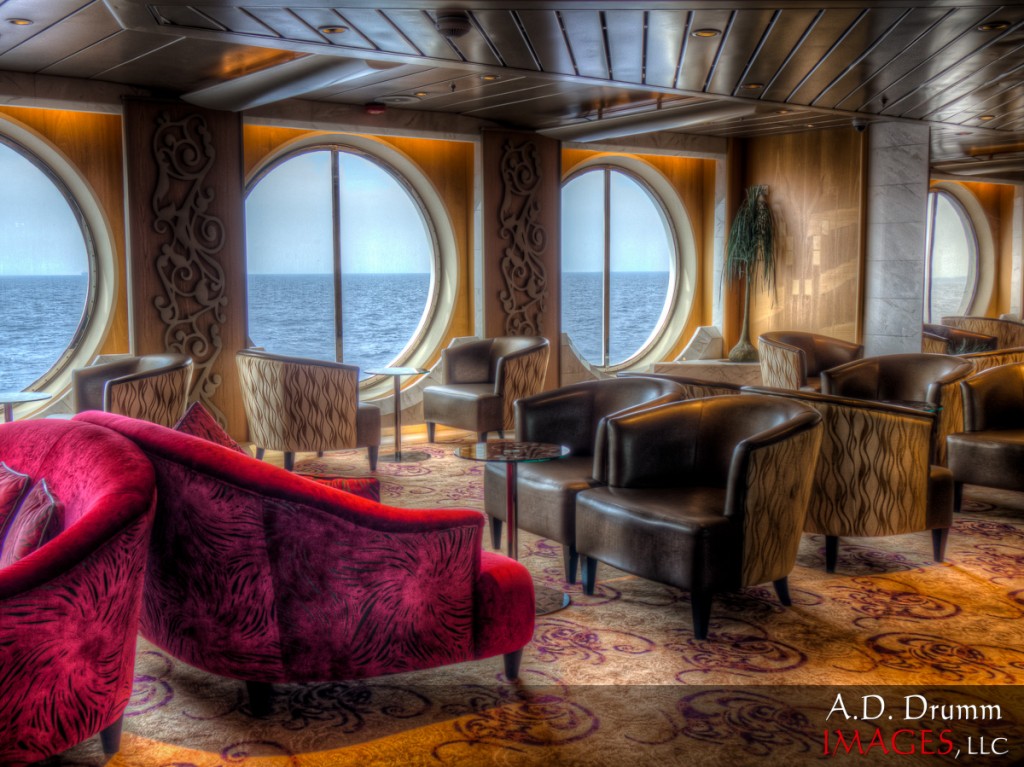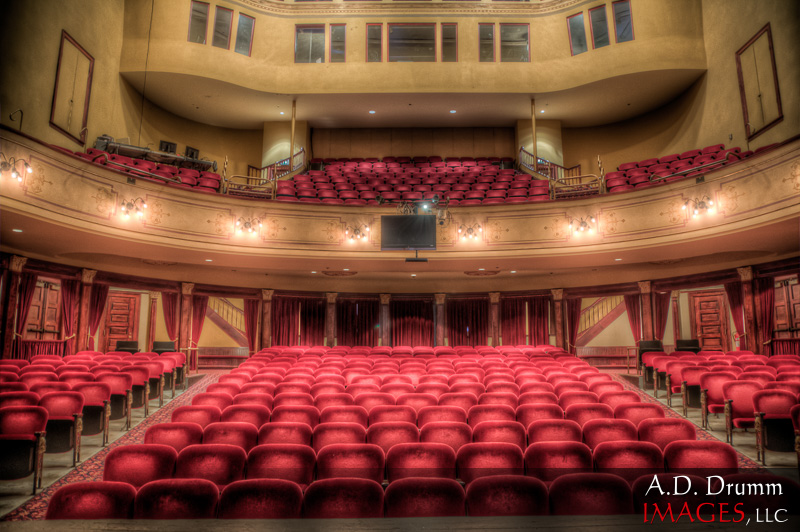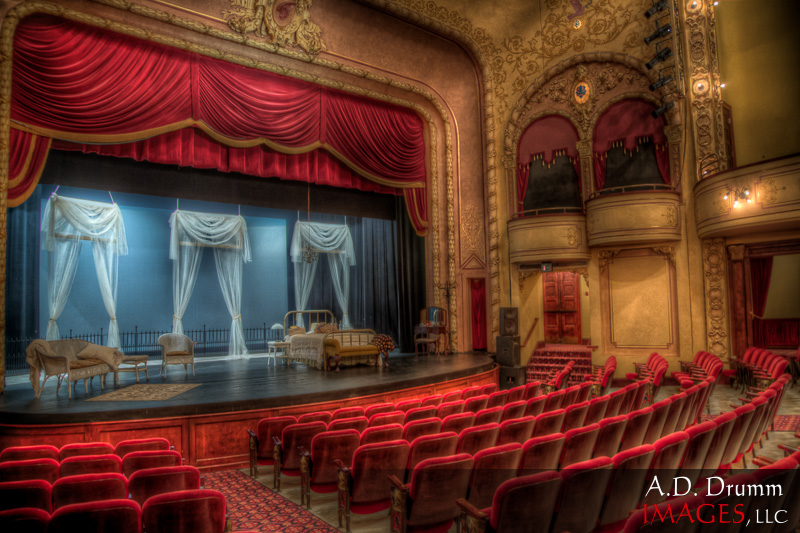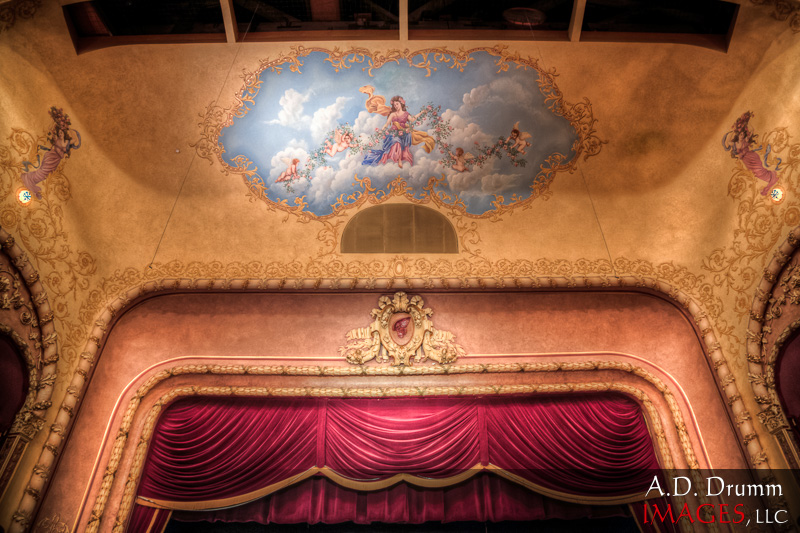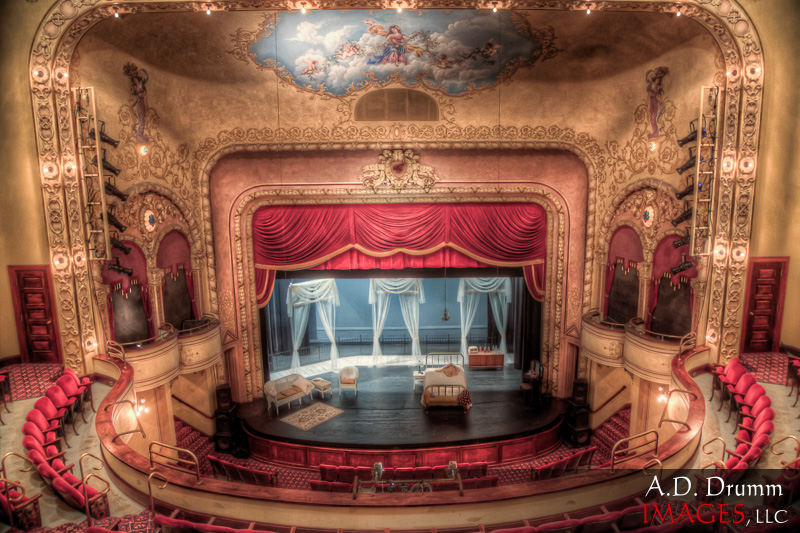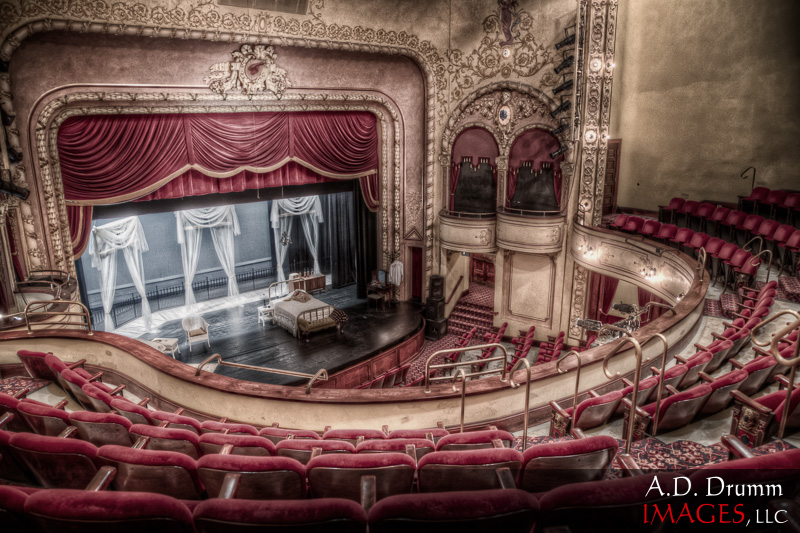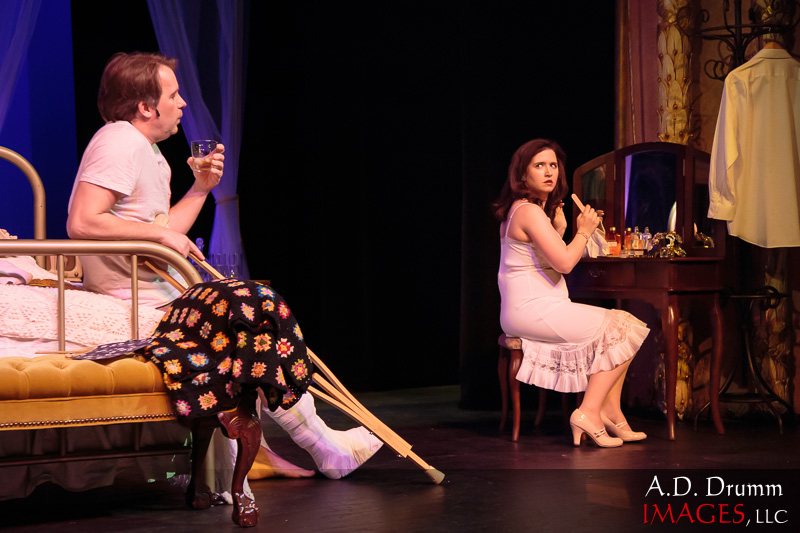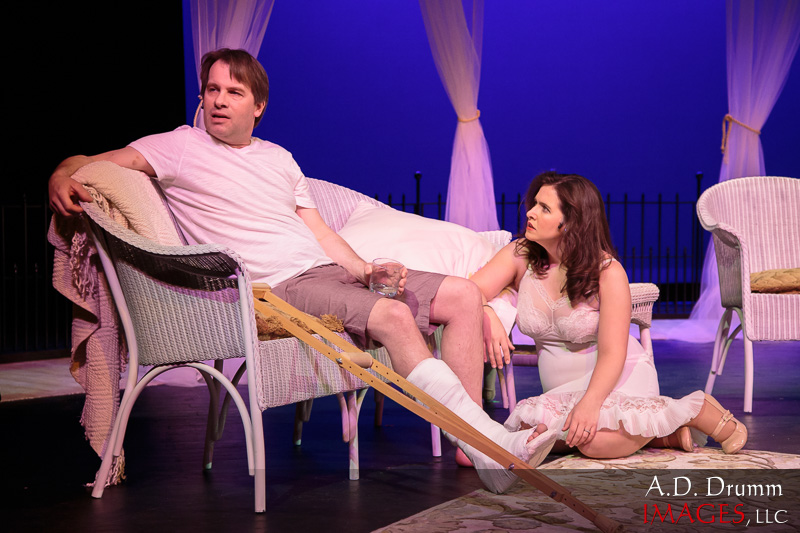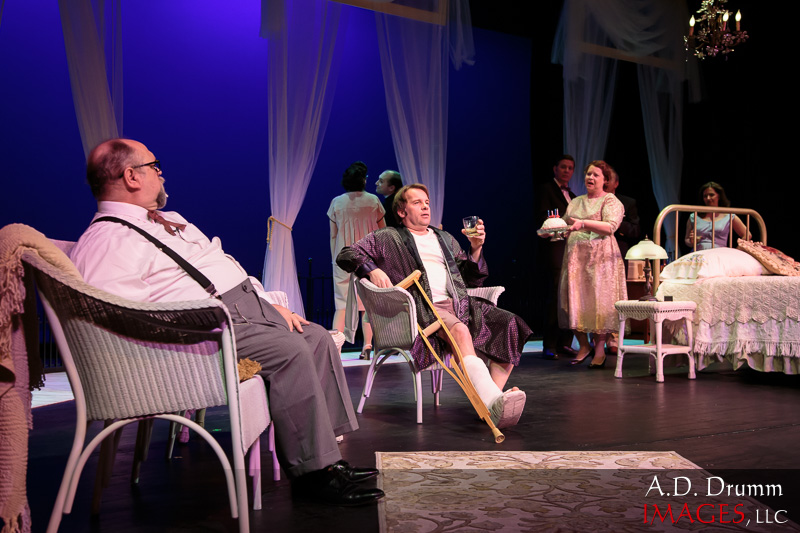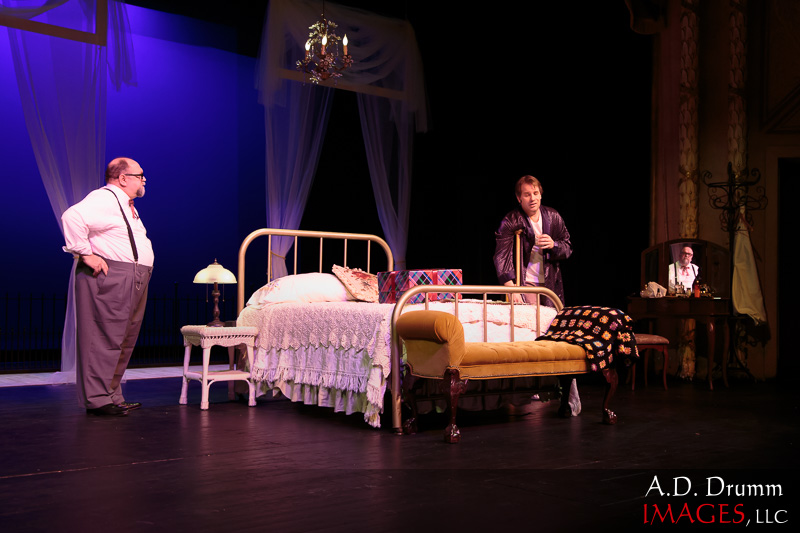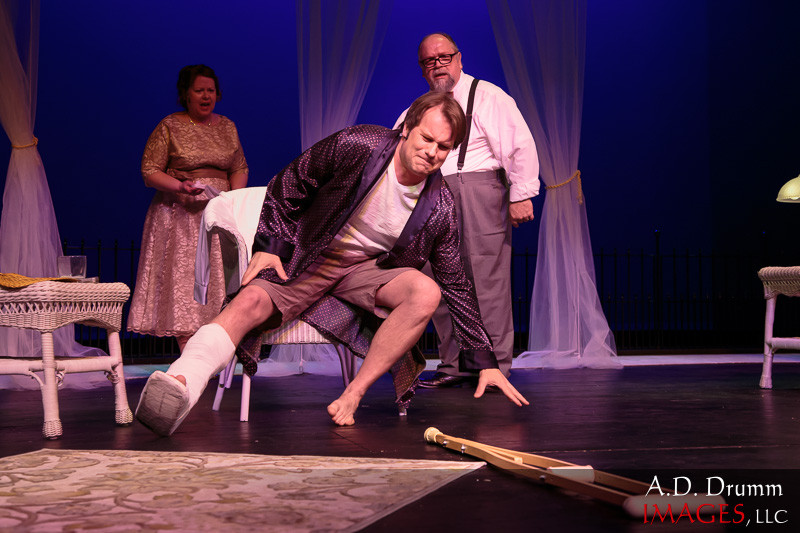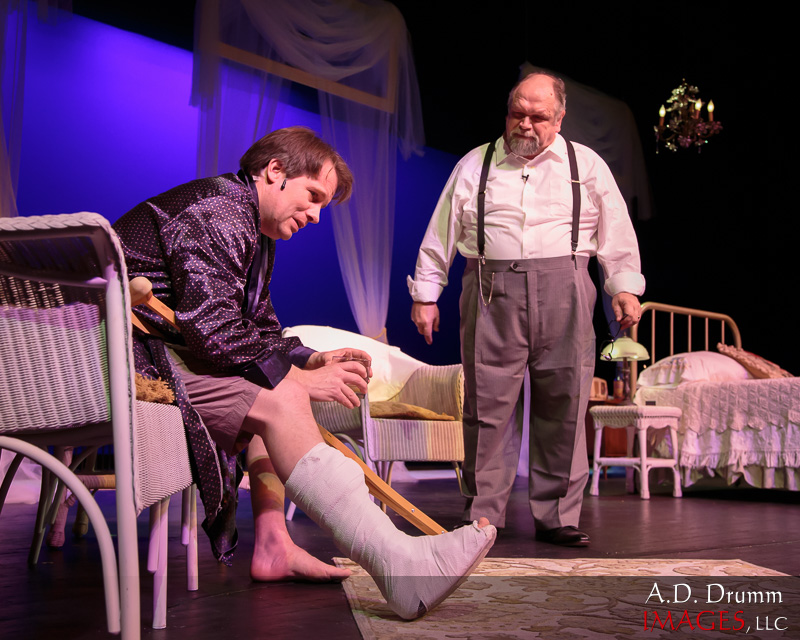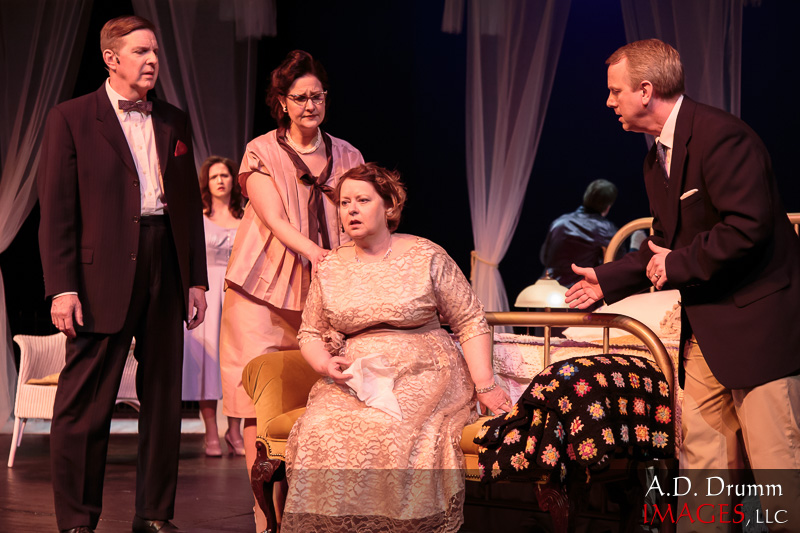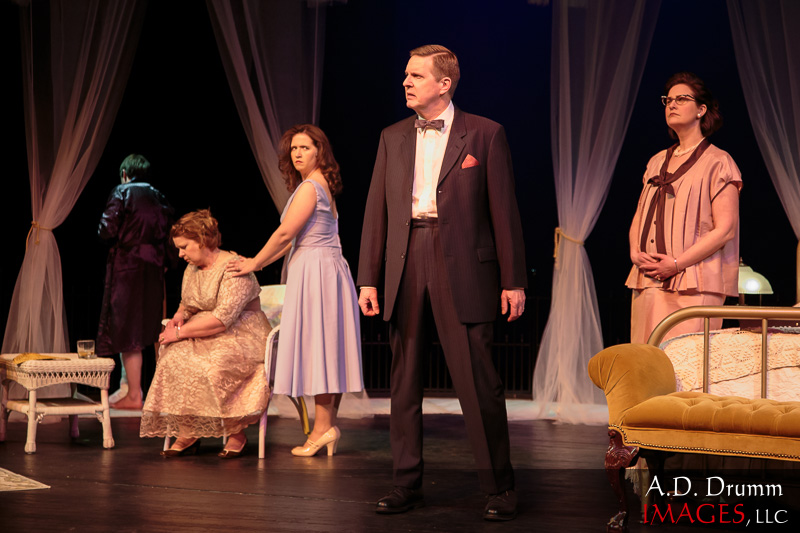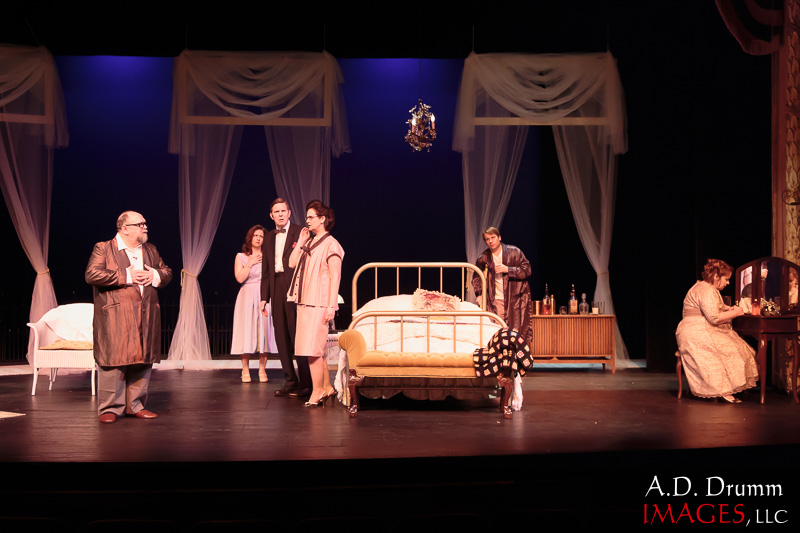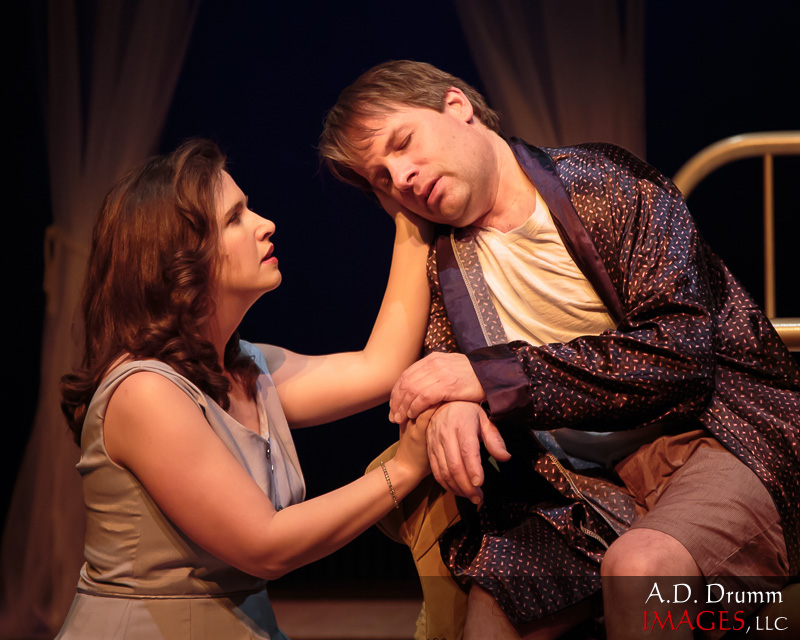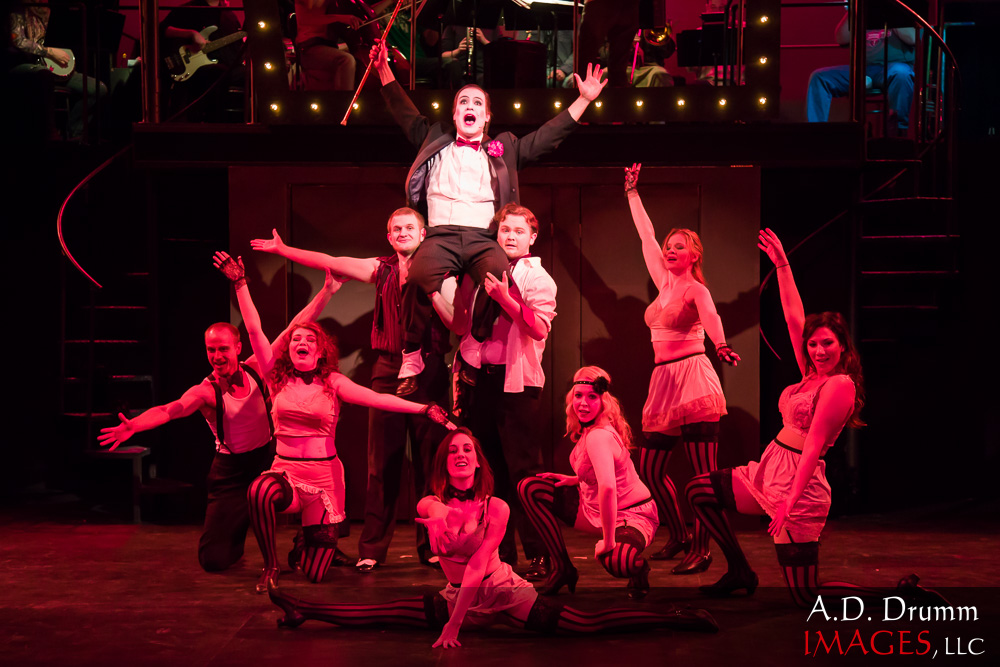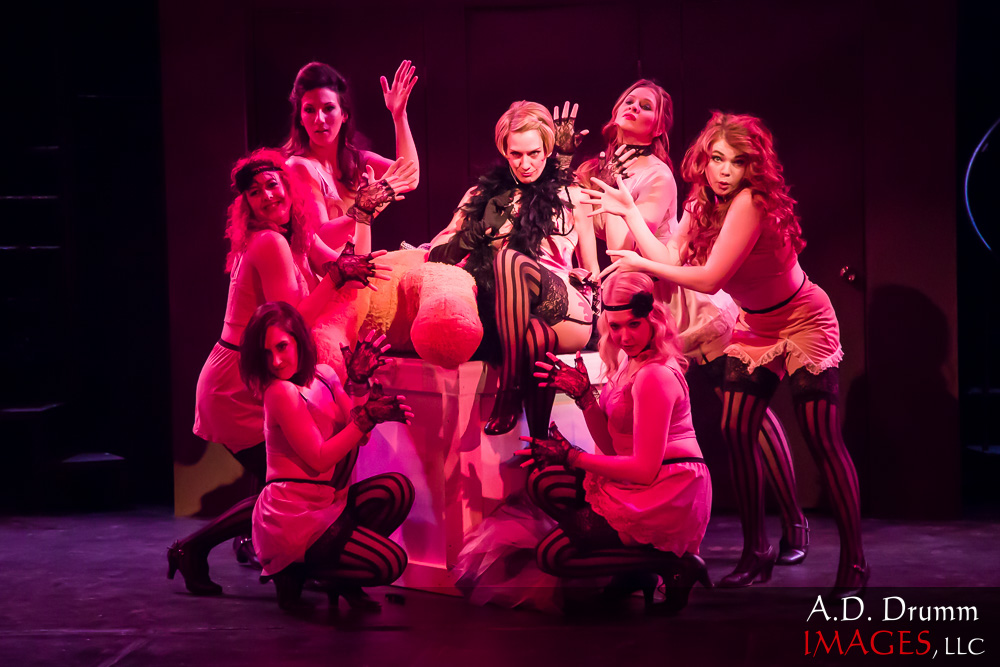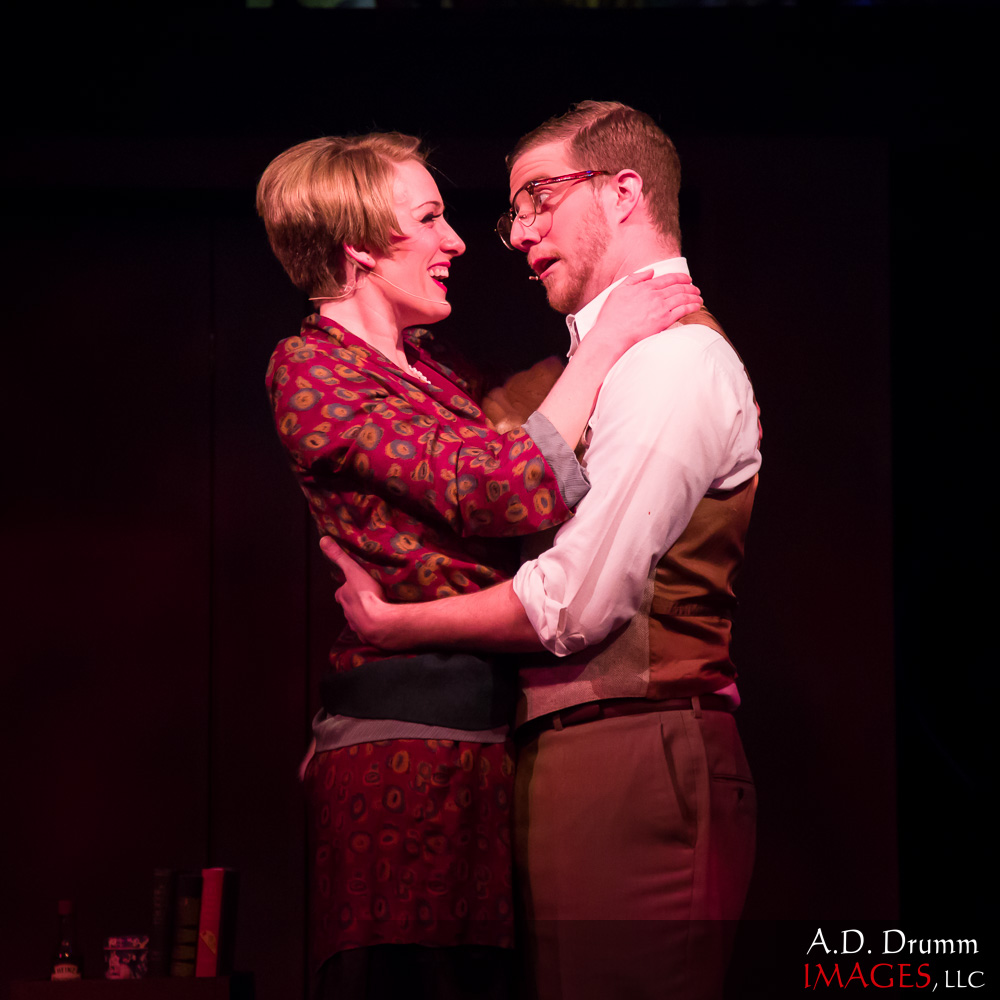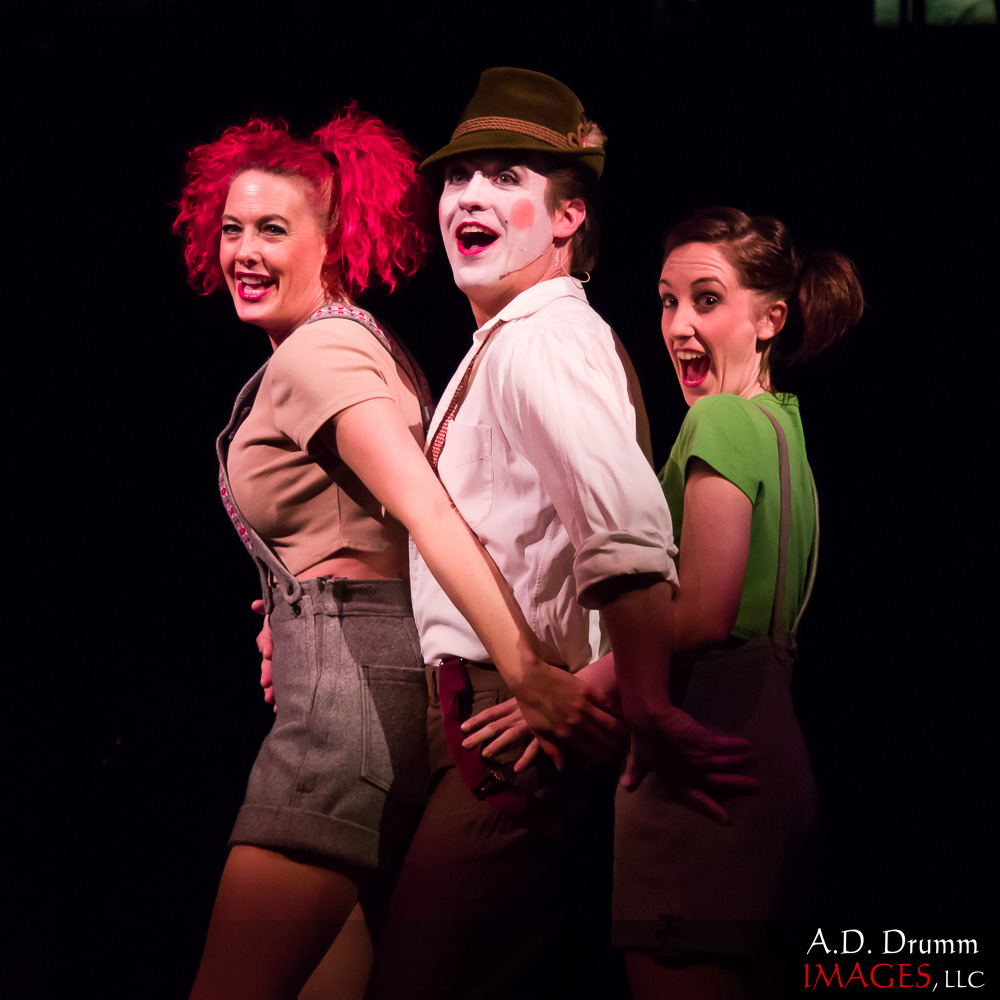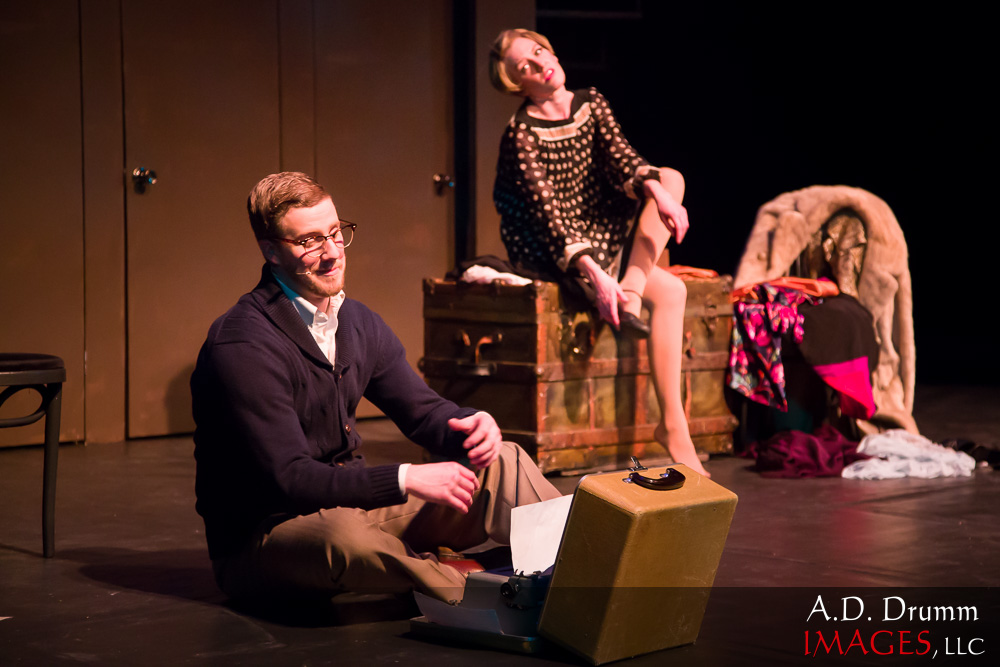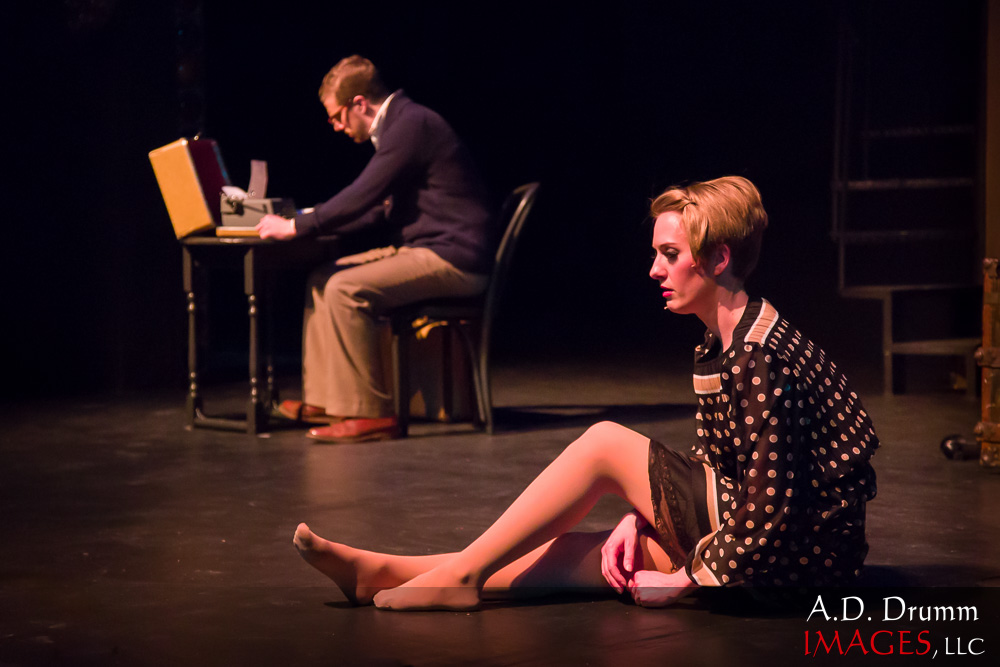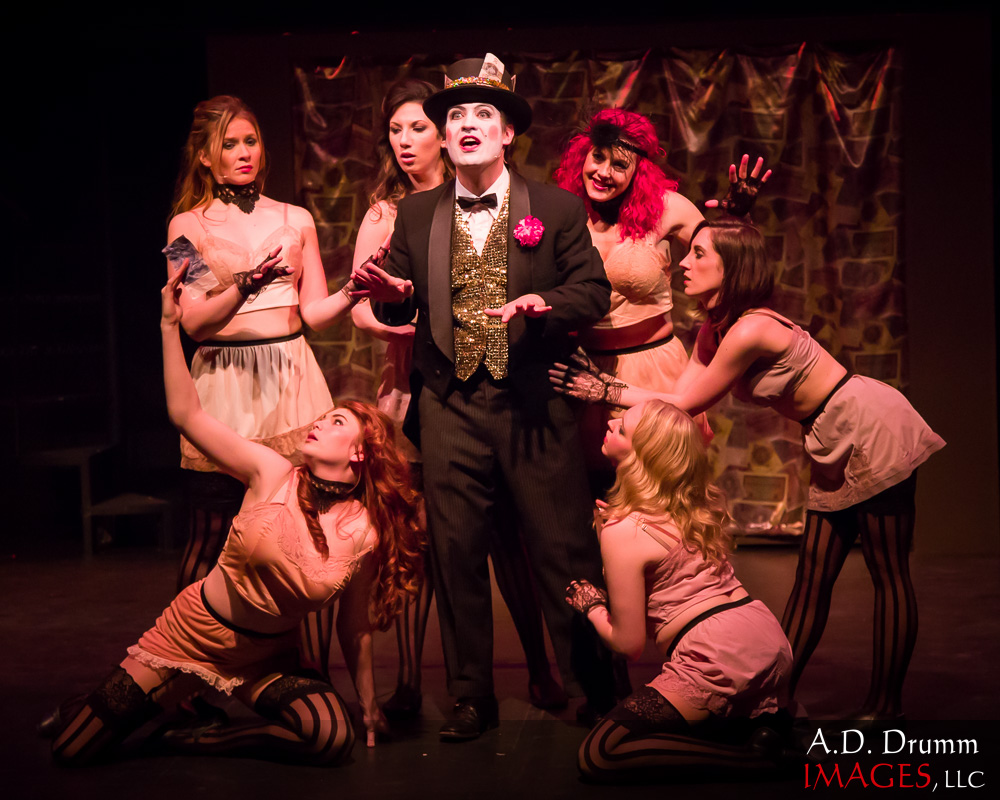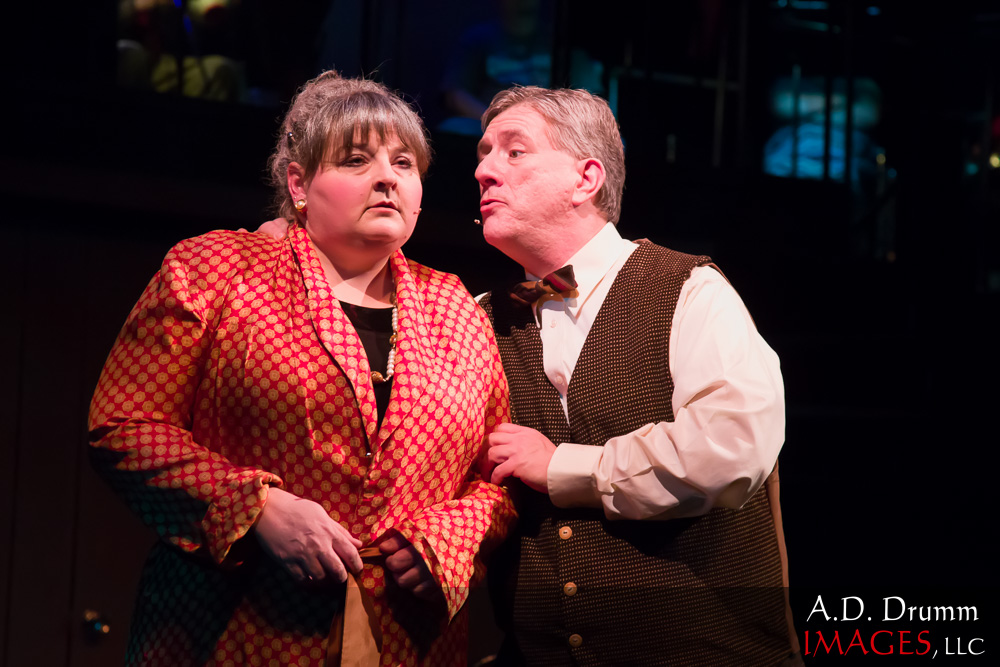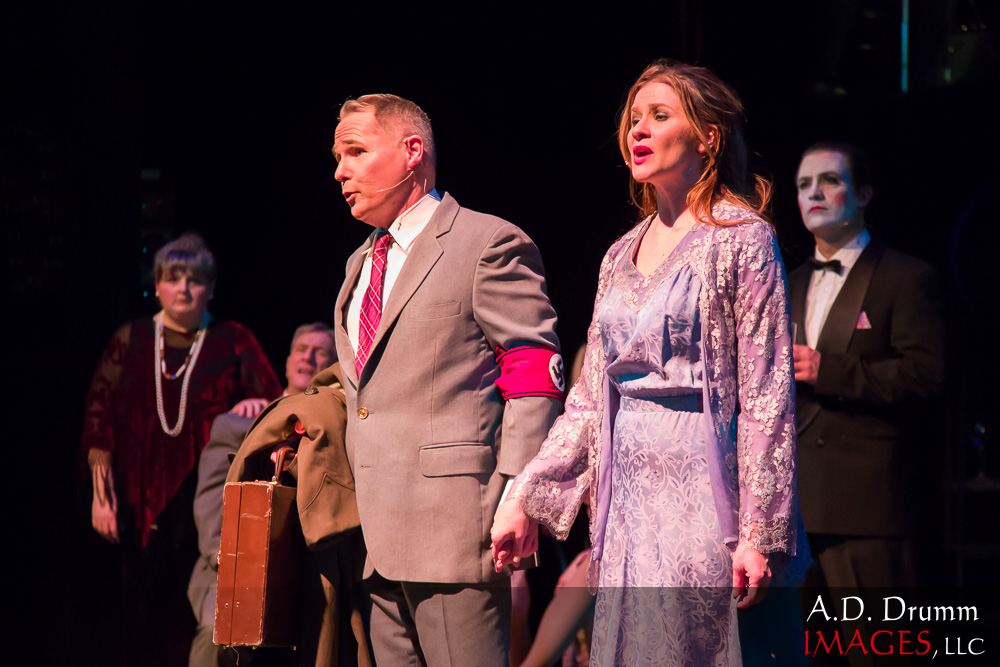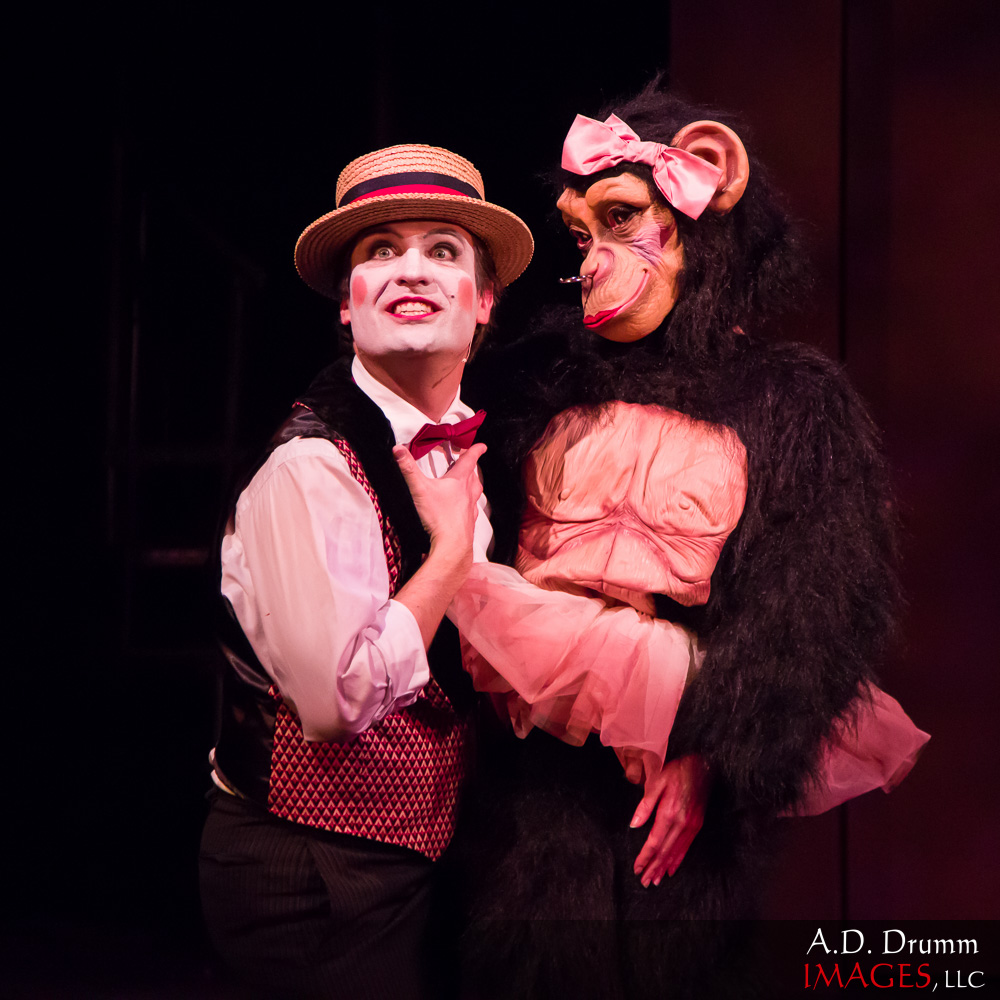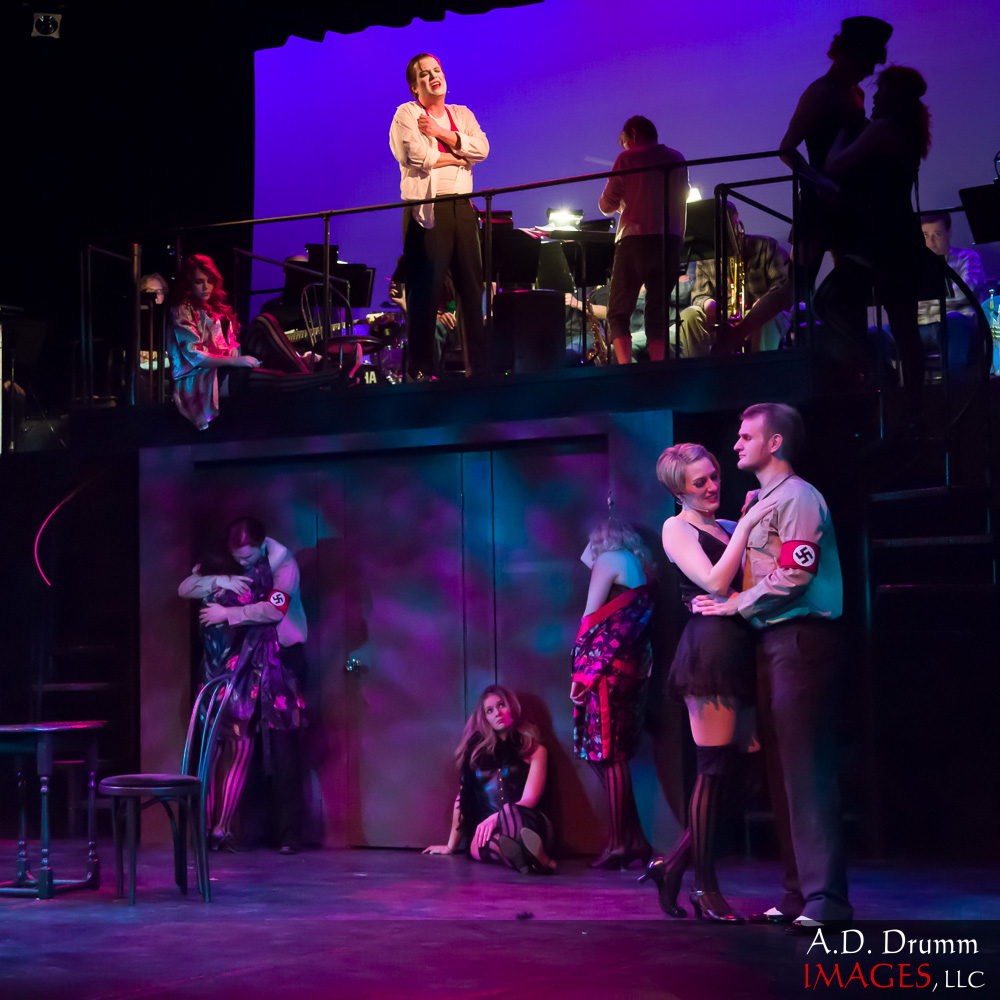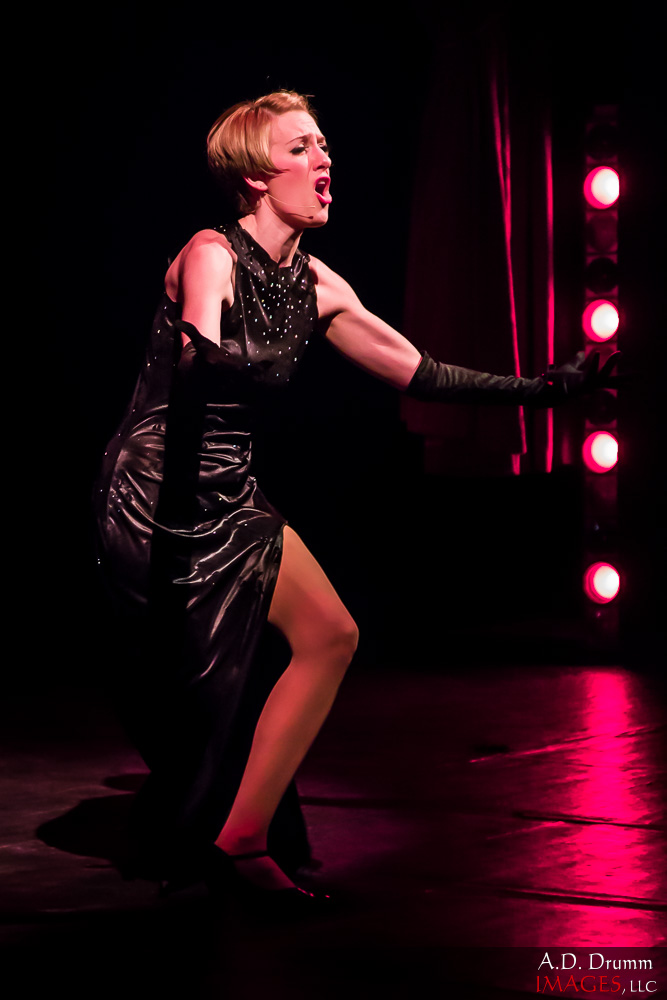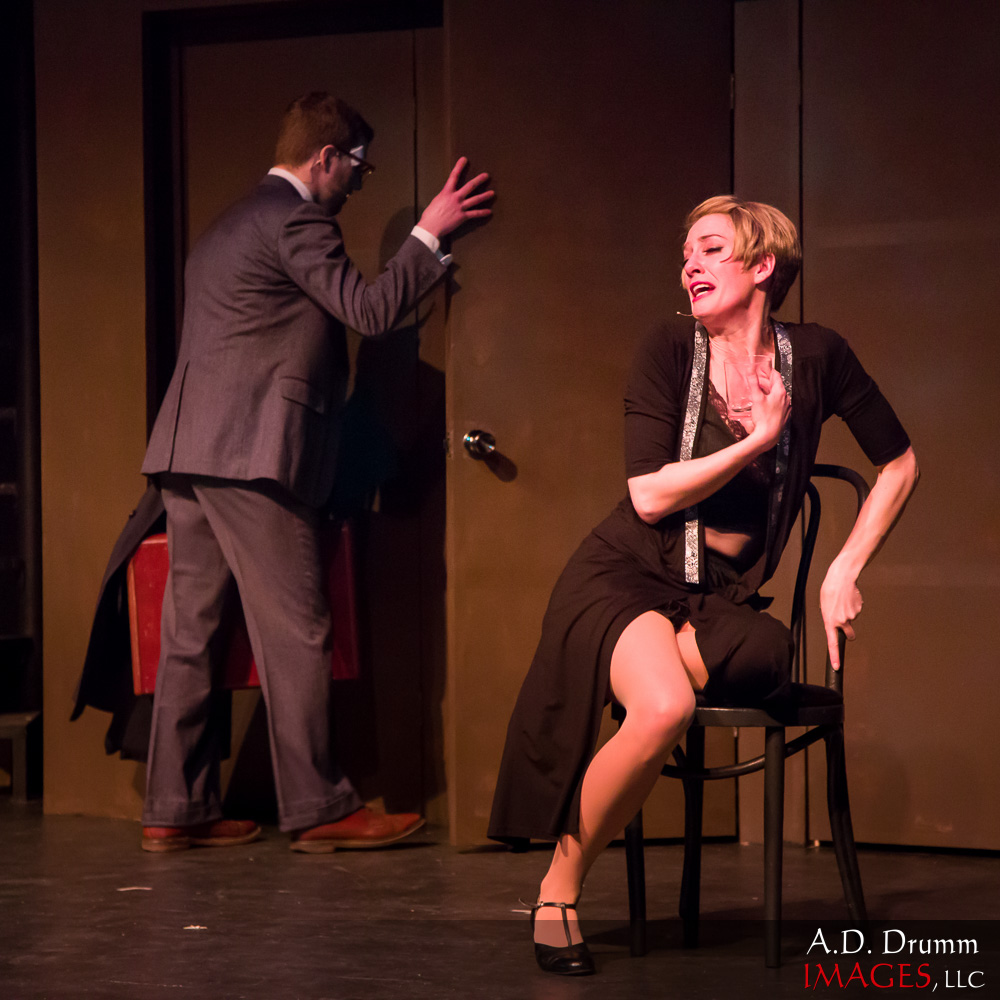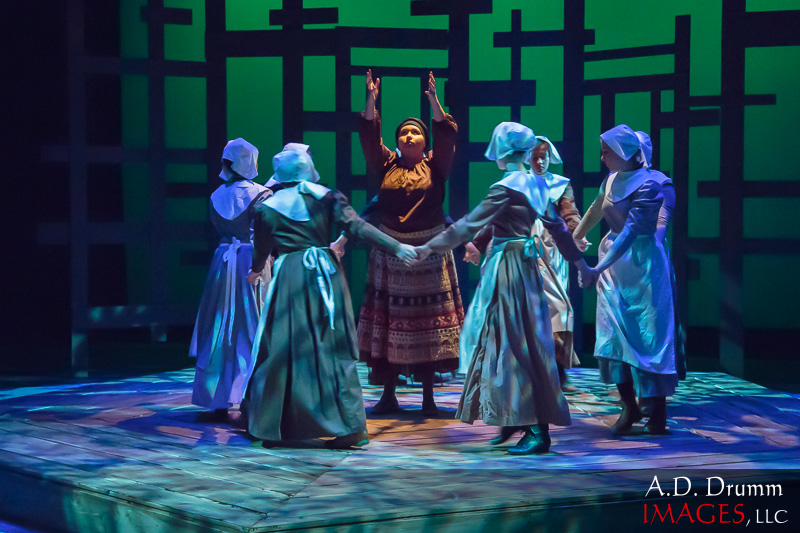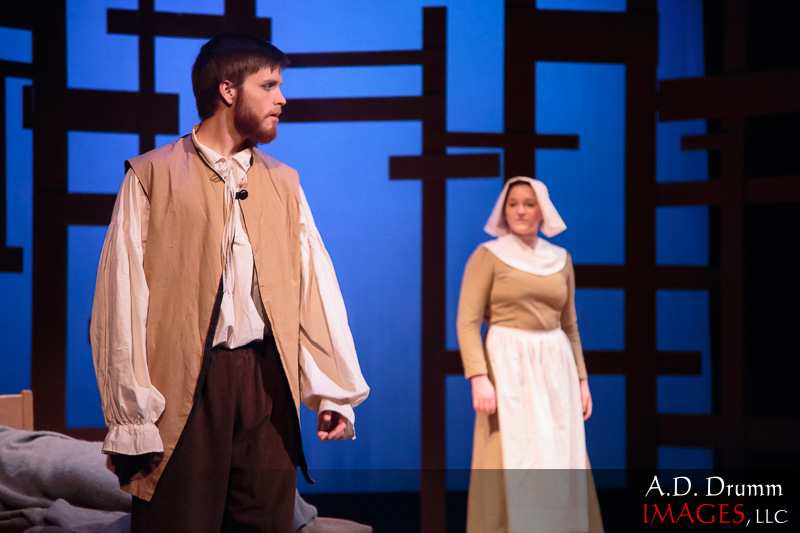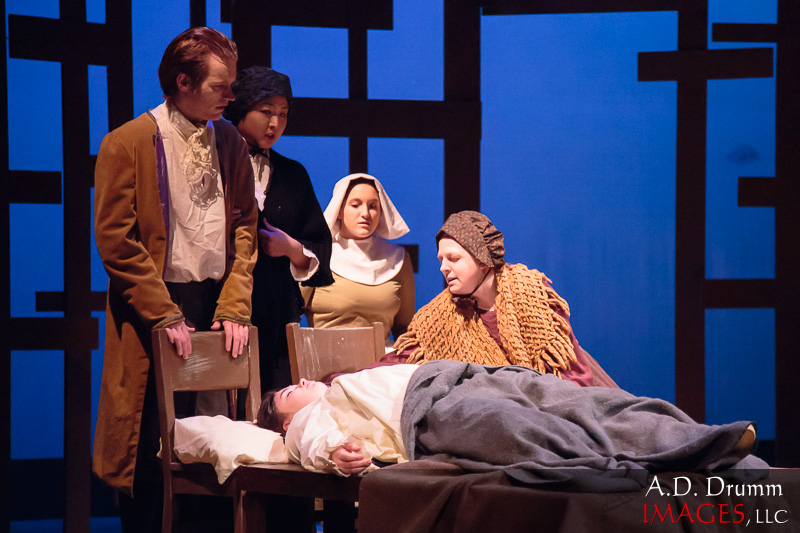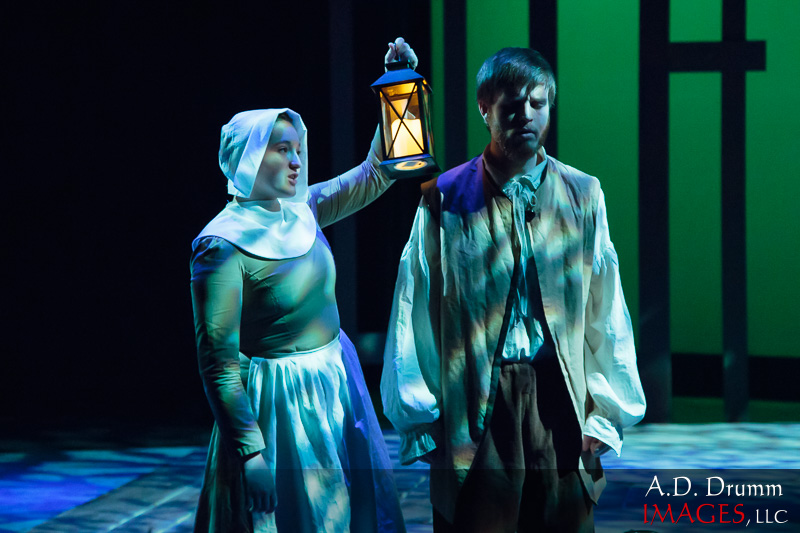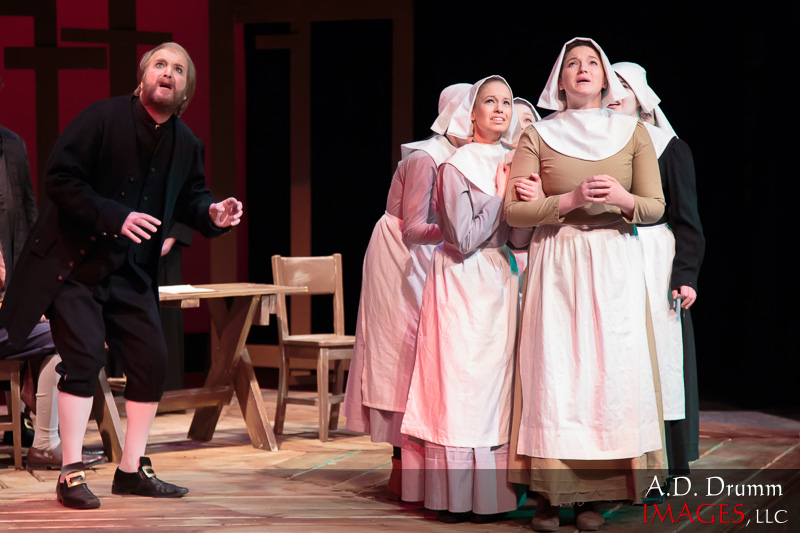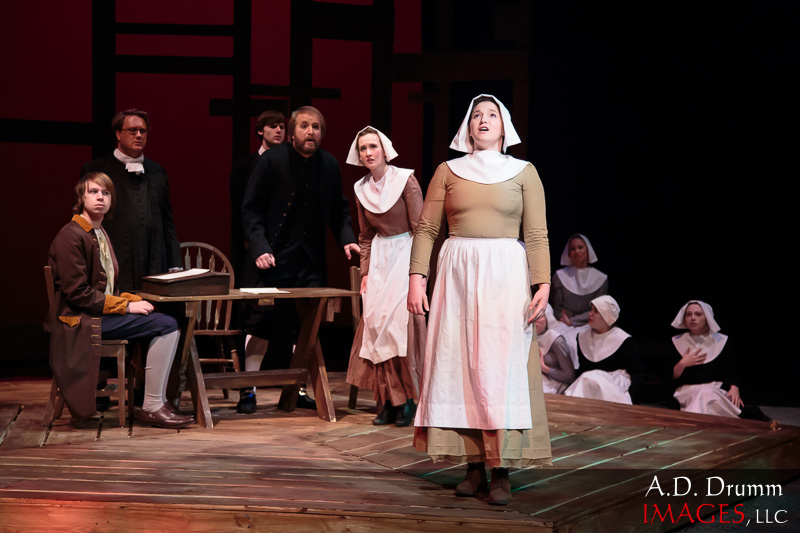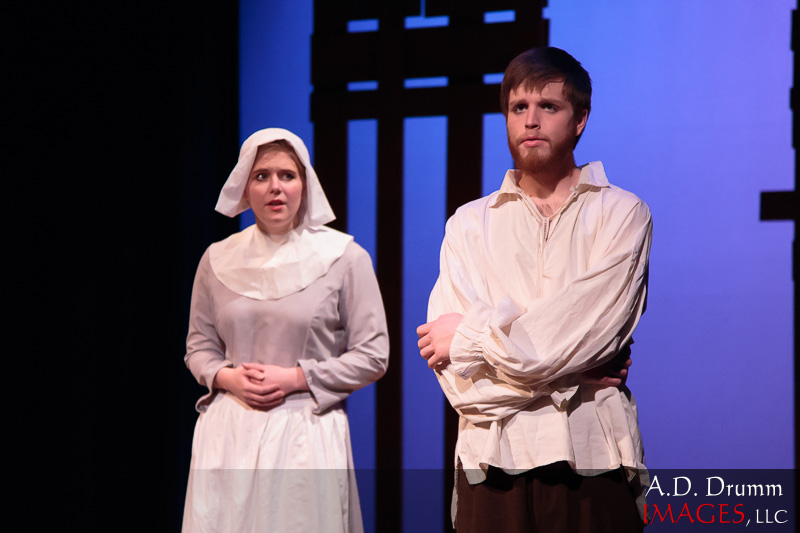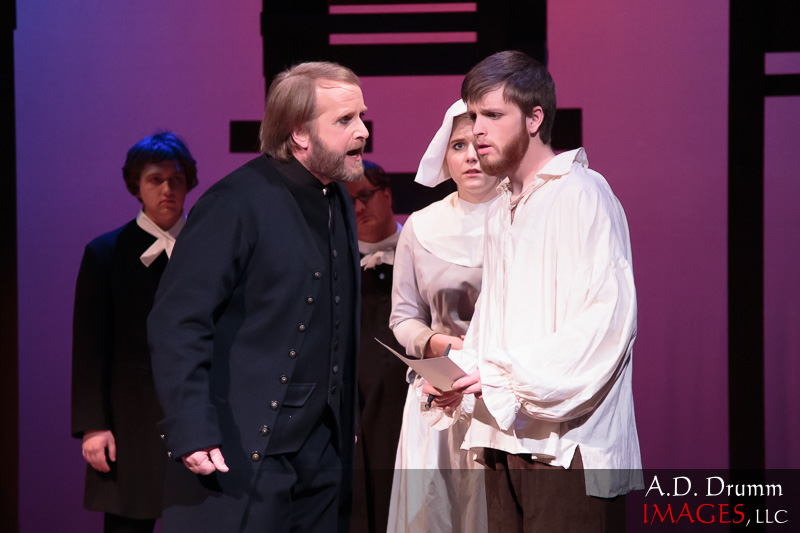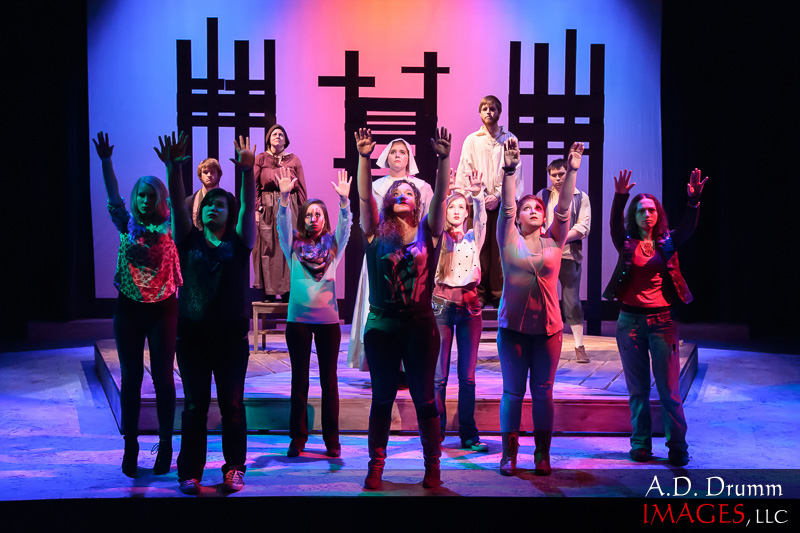We just returned from our first cruise, a short four night adventure from Florida to the Bahamas. Our ship was Enchantment of the Seas, a Royal Caribbean vessel. We didn’t know what to expect, but it was fun and a different experience from other vacations we’ve taken.
Being in the latter half of March, we found ourselves on board with many college students on spring break. So, there was that! And, I do believe many had opted for the drink package add-on. But the ship is large enough to find respite in various places.
It’s sort of a mix of land-based tourist sites. There’s a casino which is not open all the time and is relatively small. There are pools, indoor and outdoor. There’s a rock climbing wall and some sort of bungee bouncing thing. There are shows, live music, karaoke, lounges. And our stateroom, though small, was remarkably quiet.
We had two ports of call, Coco Cay – owned by the cruise line – and Nassau. At the former, we were tendered to shore in boats that I estimated could hold about 250 people or more. At Nassau, we docked which is certainly more convenient.
If you’ve read my blog for a while, you may have seen my post a couple years ago about using the Canon SL1 on a vacation (it’s here). I’ve been on something of a long quest for a travel camera – something that will be easy to cart around when photography is secondary but good enough to allow me to take the photos my head sees.
The SL1 is a fine little camera. It’s a Canon, so it’s also familiar. Although the ergonomics are different from the higher level cameras (no wheel on the back, for example), it makes sense to me, the menus are pretty similar, and I know what Canon calls various features. One thing it lacks that newer cameras provide is a Wifi connection.
So, I’ve been looking at other options. The top contenders were Fuji, Sony, and the micro-four-thirds cameras of Olympus and Panasonic. One criterion was cost – I didn’t want to spend a ton of money on a “fun” camera. Cost and some other factors ruled out the Fuji. Sony’s A6000 looks like a pretty good contender. I had a chance to hold one and play with it a bit. It feels good in my hands, and the reviews of the focus system are very positive. I was a little annoyed that it doesn’t have a touch screen.
On the SL1, the touch screen implementation is terrific. The Q screen showing most of the major settings lets you touch and change them, and the playback mode for reviewing your shots works just like we’re used to with our phones.
One other factor that entered into my thinking was the format. The Sony and the Fujis (and the SL1) are all APS size. While this allows for smaller lenses for the same field of view than my full-frame 5DIII, they are only moderately smaller. The micro-four-thirds cameras, on the other hand, work with much smaller lenses. The field of view is half – so you double the focal length to get the corresponding 35mm lens (e.g. 25mm is equivalent to a 50mm lens) – and the circle the lens needs to cover is so small, the lens can be quite small and light. That was an attractive quality.
I ended up settling on the Olympus OM-D E-M10. And, indeed, it’s small. Very small. There are little bumps and things to help you grip the camera, but it still feels maybe a bit too small. It’s hard to hold it correctly with my left hand, for instance (palm up, thumb to the left). But it is light and very capable. It has a touch screen, although it is disappointingly much less useful than Canon’s implementation. It has Wifi, although it’s quirky and I’m still not quite sure why it only shows me some of my photos for downloading to my phone.
All the photos here were taken with the Olympus. For a tiny sensor, its low light capability is pretty decent with tolerable noise. I figured out how to set it to back-button focus. Sort of – changing focus modes seems to revert the focus to the shutter button. I also purchased the Sigma 30mm f/2.8 lens. This lens worked very well, is nice and sharp, and focuses quickly. It’s one of Sigma’s new Art series of lenses.
Things I like:
I often want to shoot a series of bracketed photos for HDR especially inside buildings. The Olympus can do this, but it also has an HDR mode. I was about to dismiss that, since I want to process my HDR photos myself where I have full control. But in the HDR menu, there are options to just take bracketed shots and the camera automatically shoots them in continuous mode. So, you set it to take five shots, for instance, and when you press the shutter, you just hold it down and it takes five shots and stops.
There are two good dials to adjust exposure. There’s no fumbling for another button to override a single dial. This is actually a big deal for me and partly what sold me on this camera.
The size and weight is pretty good. The camera is pretty solid feeling, so it’s not uber-light. Mine weighs 14.3 oz without a lens.
The tilt screen is nice. Fully articulated (with a selfie mode!) would be great, but the tilting is useful.
Things I don’t like:
The Wifi quirkiness. I figured out that it won’t just process and transfer a RAW file. I always shoot RAW. But it does have RAW processing built-in, and I was able to do that to produce a JPEG that did appear on my phone’s download list. But when I did another photo, it did not appear. Huh? Then another day, I processed a third shot. That appeared on the list but neither of the first two. I swear, those JPG files are still there on the card! I may try shooting RAW+JPEG and see what that does. You can also control the camera from the phone app which seems to work fine. The manual is pretty slim about all of this.
The sometimes-touch screen. It’s sort of a touch screen and sort of not. If I can use it to change settings, I haven’t discovered how. In playback mode, it lets you move around a zoomed image, but there’s no pinch-to-zoom. Instead, there’s a zoom bar you can slide your finger up and down.
The electronic viewfinder. The EVF has some nice features, but it has more negatives than positives for me. The most prominent of those for a vacation is: it is totally useless when wearing polarizing sunglasses. Completely useless. With my glasses, I had a large black cross from the top to the bottom, left side to right side. I had to push my glasses aside to use it, which meant I also lost my correction (prescription glasses). I will sometimes pull up my camera to look at a scene even before I power it on. None of that with an EVF. When I’d take a shot, I’d see a review pop into the viewfinder. That can be nice, but mostly it’s distracting. I can probably turn that feature off.
Battery. Battery life is poor, but that seems to be pretty common among all the current crop of small cameras. I’ve also grown fond of the smart battery technology in my 5DIII. When it says I have 50% remaining, I’ve learned that really honestly means 50% remaining. Here, I’m back to the “it’s full” to “it’s about to run out” sort of display.
Depth-of-field. Small sensor means f/2.8 is more like f/5.6. So, even my “fast” Sigma lens doesn’t provide a very shallow area of focus. I knew that going in, and I figured for the most part, the types of photos I’d be taking with it wouldn’t really require shallow focus. Still, sometimes… And, I have to think more about it, where it’s more second nature for me with the larger camera.
It’s all about trade-offs, I guess. Having a light and capable camera is so much easier to cope with when vacationing. With the light lenses, I’ll be able to pack a couple or three and still have a lightweight kit. By the way, I bought a Thinktank Mirrorless Mover shoulder bag for the Olympus, and it worked great.
There you are – some shots from our cruise vacation and probably more than you wanted to know about my review of the OM-D E-M10. I definitely need to explore its settings some more and spend some time with the Wifi to understand that better!
